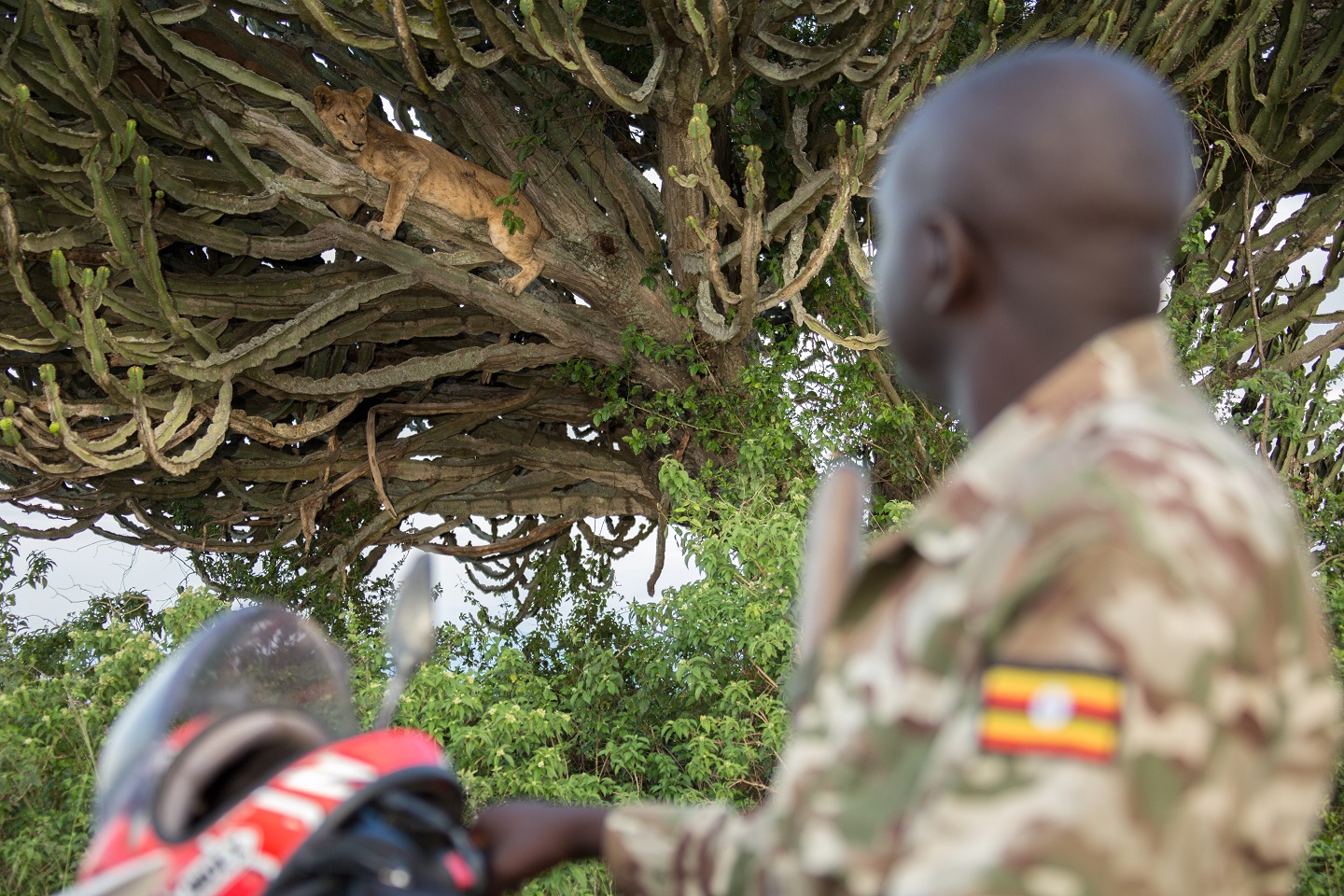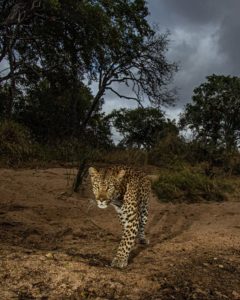
A team of researchers have highlighted human-wildlife conflict as one of the globe’s most pressing human development and conservation dilemmas.

New research, published in Communications Biology, assessed 133 countries where 18 large carnivores ranged, and found that a person farming with cattle in a developing country (such as Kenya, Uganda or India) were up to 8 times more economically vulnerable than those living in developed economies such as Sweden, Norway, or the US.
For many people, species like lions, tigers, and jaguars represent powerful symbols of culture and religion that are loved by audiences globally and regularly feature in Hollywood movies.
But the researchers, led by Griffith University’s used this study to ask: what about the people that live alongside these animals and the impacts they have on their livelihoods and livestock?
“Our paper shows that the people that live alongside some of earth’s most fierce yet beloved animals, bear the biggest economic and household brunt when tigers or lions kill their livestock,” Dr Braczkowski said, who is a postdoctoral research fellow at the .
“For many of these people, livestock represents a key income source.
“Our results mirror a lot of the conversations currently taking place in the climate change space, namely that developing economies from the global south pay the biggest price for conservation, but in this case rather than protecting forests, and providing an offset environment for big polluters, they are often the ones paying the price for living alongside species like African lions or tigers – species most of the world loves and wants to see being conserved.
“In this analysis, we show that the disparities in global human-wildlife conflict events are unequal, and we urgently need some kind of offsetting tool to help countries that have populations of lions, leopards, tigers.”
The study also found that the issue was exacerbated further in developing economies because cattle keepers in these areas produced on average 31% less cattle meat per animal than in developed economies.

In the lowest-income areas, results also suggested that the loss of a single cattle cow equated to nearly a year and a half of lost calories consumed by a child.
Professor Duan Biggs, the senior author on the study and a researcher at Northern Arizona University said: “Our research demonstrates the urgency of developing mechanisms like payments from wealthy urban areas in rich countries where people want predators like lions conserved, to the rural communities in the global south that bear the costs and risks of living with these fierce and dangerous animals.”
Dr Sophie Gilbert – Senior Lead for Natural Capital Development at NCX said: “Our work helps show that to become truly nature positive, we need to consider both the benefits and the costs of wildlife to people, and ensure that those bearing the costs of living with wildlife are better supported, including but not only financially. Only when living with wildlife is stable and viable for local people will the conservation of creatures like large carnivores succeed.”
The results also revealed that 82% of carnivore range fell outside of protected areas, and five threatened carnivores have more than one-third of their range located in the most economically sensitive conflict areas.
Professor Christian Lessmann from the Technical University of Dresden said: “Global inequalities exist concerning significant differences in income and living conditions. However, inequalities are also relevant in human-wildlife conflict. Social norms to conserve species are shaped largely by high and middle-income countries, but the burden of living next to carnivore wildlife is mostly borne by the poor. Also, within relatively poor countries, the poorest need to deal with global standards.”
The research team said overall the findings highlighted an unequal burden of human-carnivore conflict while grappling with multiple and conflicting sustainable development goals: protecting life on land and eliminating poverty and hunger.
The findings ‘The unequal burden of human-wildlife conflict’ have been published in Communications Biology.








